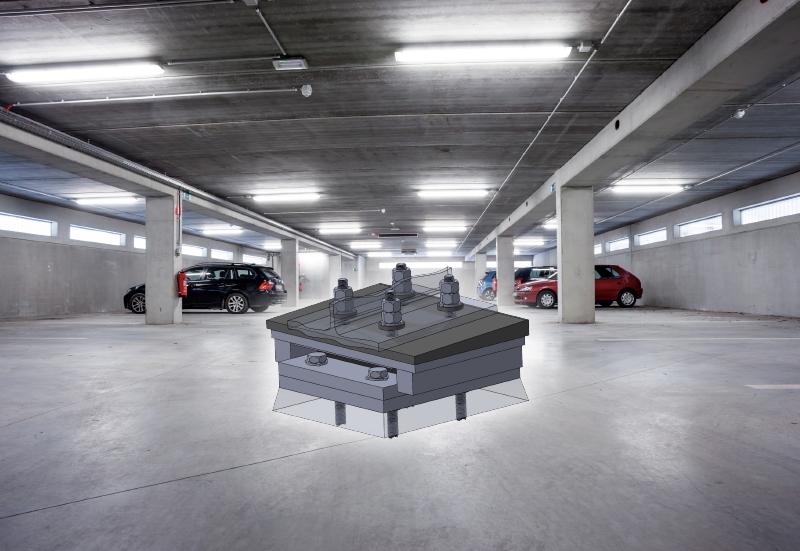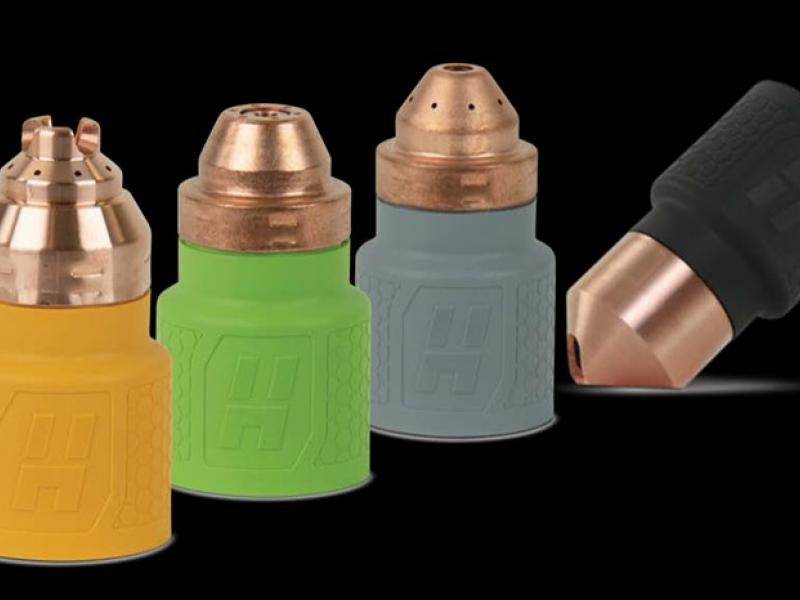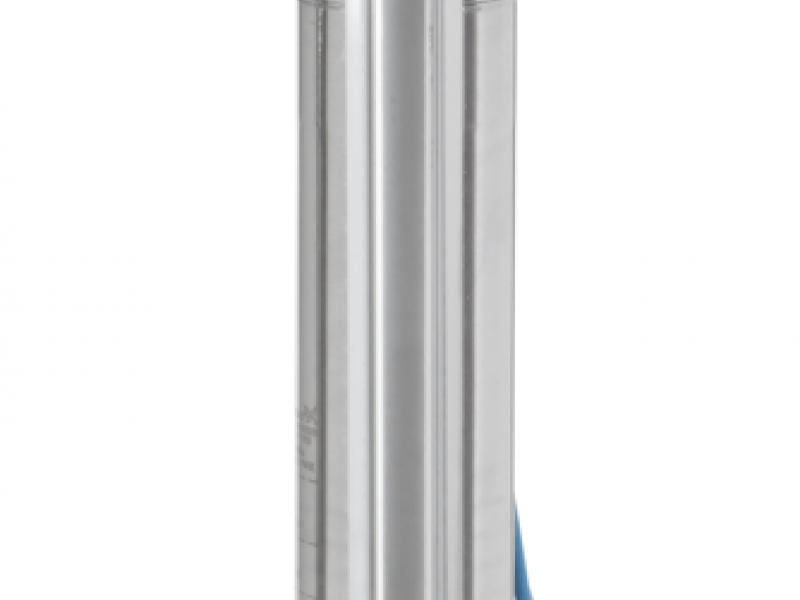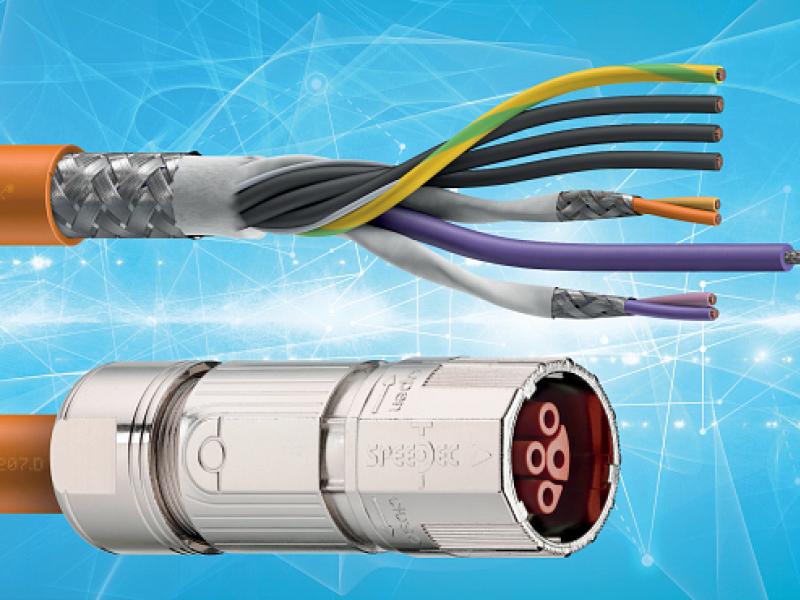One of Australia’s major producers of low-maintenance ranges of slip joints and bearings for commercial, industrial and infrastructure plant and structures is custom-engineering individual types to meet unique challenges arising on particular projects.
Hercules Engineering produces some of the Asia-Pacific’s widest ranges of slip joints and bearings that combine low-friction thermoplastics with durable metal facings as a cost-efficient alternative to more costly protection against expansion, contraction and changing loadings.
But as industrial and commercial engineers, architects and building specifiers come to appreciate the Hercules’ solutions’ advantages for widely encountered applications, they are also asking for solutions to particular problems of individual sites, says David Booty, Manager, Hercules Engineering (a division of Cut To Size Plastics).
A recent example involved a carpark application where the use of standard Hercupad bearings could be squashed or pinched on one side to the point where the load would not be evenly distributed and any standard bearing could be crushed, resulting in structural damage.
Booty said usually structural engineers and detailers are well aware of such situations. They design such critical connection points in a way that the top and bottom surfaces are as close as possible to be parallel to one another in places where they meet. But during the actual construction process sometimes last-minute changes may often take place and in general it is very difficult to align every structural component perfectly as per the drawings/design.*
“So that’s where custom-engineering of bearings can assist specifiers in gaining the built-in advantages of products such as the Herculon ranges of joints and bearings to provide cost-efficient protection against movement created by changes in climate, thermal movement, shrinkage and – increasing frequently these days – changing uses of plant and buildings by facilities and operations managers in commercial, industrial and resources uses.”
Compared with more sophisticated and expensive heavy alternatives – such as pot bearings and roller bearings – Hercules HLD bearings, for example, offer benefits such as lower initial cost, easier installation and no maintenance for periods of 30 years or more, states Booty.
Stock bearings from the Hercules’ ranges can often provide an off-the-shelf solution, using Herculon Type D Bearings (HLD/SG, HLD/FF & HLD/FX), which the company says are widely proven on applications throughout Australasia, South-East Asia and Africa.
Alternatively, custom-fabricated bearings can be formulated in partnership with Hercules clients, which include owners and operators of some of the world’s landmark buildings and major commercial and resources plants.
With more than 30 years’ experience in Australasia and Asia – and alliances with some of the world’s major engineering plastic producers including Licharz, Gehr and Beck-WefaPress – Cut-To Size and Hercules Engineering can custom-formulate and custom-fabricate according to individual project needs. This service has been employed on major roading and mining plants in recent times, as well as refurbishment of commercial infrastructure such as heavily loaded multi-storey carparks and major processing plants.
Within industrial structures, changes in load can be induced by the operation of heavy plant including conveyors, motors, turbines and reticulation systems found throughout mining, energy, oil and gas, food and beverage, primary processing, manufacturing, water and waste water utility and wider industrial uses.
*Standard Hercules bearing pads are intended to compensate for some small angular differences (rotations) and accommodate some extra rotations (up to 0.02 radians = 1.1 degrees in total) in the event of an earthquake, for example, or simply while the building is setting. But when the initial contact angle (in this case 2.86 degrees) consumes more that the bearing pad can handle by design (1.1 degrees), that’s when engineers need either to use the custom-designed compensator plate or to make appropriate adjustments to the steel structures to make them parallel to one another where they meet. Often, it’s cheaper to use compensator plates, but sometimes it’s near impossible to change the structure because of confined spaces and other practical reasons.






